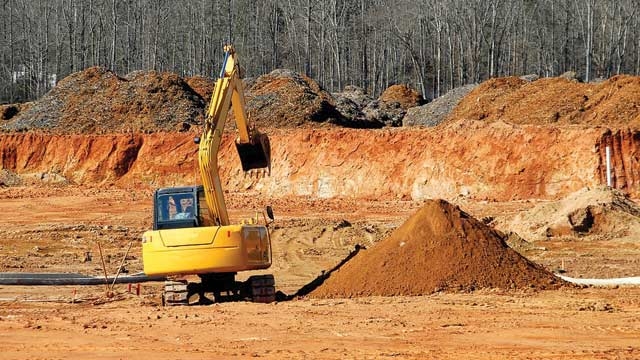NEW DELHI: To regulate sand mining in river beds and curb illegal mining, the Central Government has decided to look anew at the existing law and come up with fresh set of rules and regulations.
For this, the Central Water Commission under the Ministry of Water Resources, River Development and Ganga Rejuvenation has set up an internal committee which will, among other things, look at the need for a new law to replace the Mines and Minerals (Development and Regulation) Act, 1957 that notifies sand as a minor mineral.
The panel will suggest how state-of-the-art technology should be used in public-private partnership mode for silt and gravel removal from rivers using environmentally-sound best practices.
Mining of sand and gravel has reached such precarious levels that it is threatening the eco-system as guidelines issued by the Ministry of Environment are flouted.
Besides, there have been quite a few scams in various states in sand mining revealing political nexus with miners. The guidelines call for self-regulation by licensed miners in states, which is not working, well-placed sources said.
The move has come in the wake of the recommendation of a recent meeting of the Consultative Committee of the Water Resources Ministry, headed by Nitin Gadkari.
The newly formed panel will suggest if a new legislation be enacted. In any case, the present laws will be strengthened particularly in the context of management of floods which is the prime responsibility of states.
It will look at scientific measures for silt and sand removal for river development and economic construction activity. Sand mining is governed by the Ministry of Mines and Minerals, Environment and Water Resources. From illegal and unregulated sand mining, the Centre wants to move towards sustainable sand mining with environmental safeguards.
The Indian Institute of Technology, New Delhi, has been entrusted with the task of doing morphology studies of rivers which will identify the silt deposits in various rivers, apart from their meandering capacity. Sand and silt deposits in a river are natural occurrences but depend upon the precipitation in upper reaches, the flows of a river, its kinetic energy and age.
The much flooded Kosi River in Bihar, for instance, has changed course along 80 kilometers and from one bank to another in 100 years. (AGENCIES)
Trending Now
E-Paper


